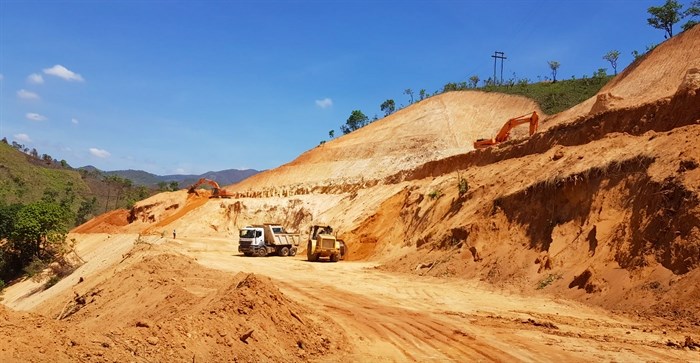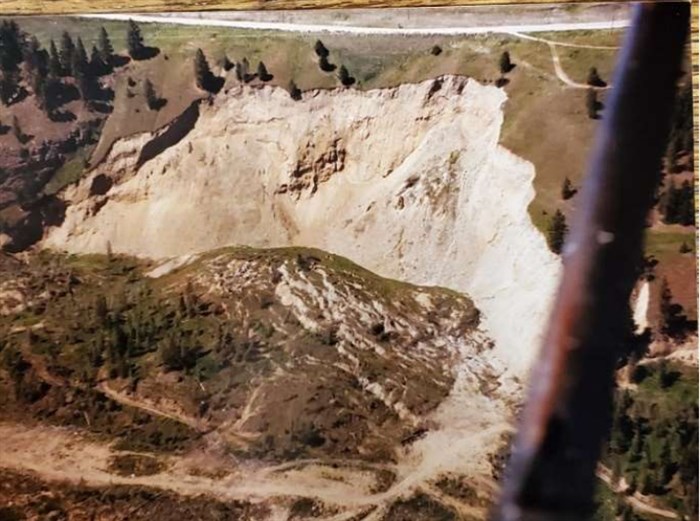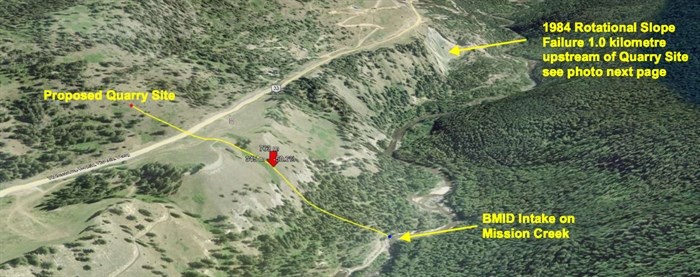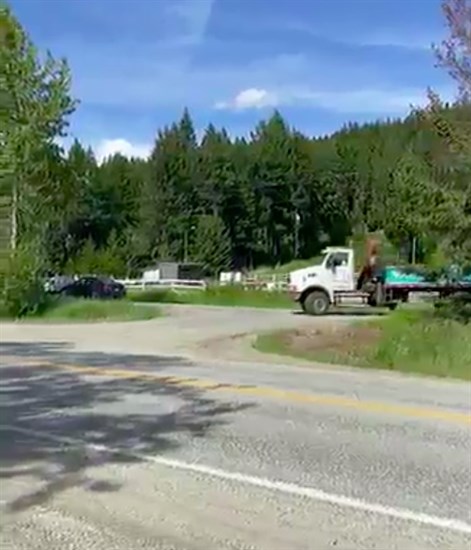
Image Credit: Unsplash/JaphetKhendlo
June 09, 2021 - 8:00 AM
A recently announced gravel pit proposed for the Joe Rich area east of Kelowna has galvanized that community more than any other in 30 years of living there, says resident Laurie Takoff.
Dozens of dump trucks a day could pull out of the pit onto Highway 33 and it could supply about 10 per cent of the Central Okanagan’s annual gravel needs for the next 20 to 40 years.
That can make it cheaper to build roads and concrete structures in the region, being that it’s only about 15 minutes from Costco.
But it could also wreak havoc on Mission Creek, she says, the largest single source of water in Okanagan Lake and a major supplier of thousands of Black Mountain Irrigation District customers.
“There are 600-700 homes up here and about 1,200 people but, what happens up here, does and will affect what’s going on in Kelowna,” Takoff, who is the secretary of the Joe Rich Ratepayers and Tenants Society, told iNFOnews.ca.
“When I first moved up here, I said that Mission Creek watershed supplies something like 40 per cent of the water to Okanagan Lake, and we have to be stewards of this water that we have in our backyard, because we are supplying what happens down in Kelowna.”
There have already been a number of slides that residents attribute to logging that have closed Highway 33 along with a significant slide below the highway in 1984, some of which are documented in a Black Mountain Irrigation District response to the proposal.

This was the 1984 slide below Highway 33.
Image Credit: Submitted/Black Mountain Irrigation District
A company called Westridge, which has gravel pits in Armstrong, Oyama and North Kelowna, wants to process gravel, sand and crushed rock from a steep 75-acre parcel that borders Highway 33 just past the hairpin corner at Daves Creek.
The project will include rock crushing equipment and periodic blasting in an operation that could run six days a week.
It’s accessed by the small, gravel Daves Road and is directly above the Mission Creek water intake and water treatment plant for the Black Mountain Irrigation District.

This is the gravel pit site in relation to the Black Mountain Irrigation District's water intake.
Image Credit: Submitted/Black Mountain Irrigation District
“We are strongly opposed to the development of this site due to the location and proximity to our community water supply system,” the irrigation district wrote in a letter to the Ministry of Mines that will ultimately decide on the application. "BMID (Black Mountain Irrigation District) is one of the largest water suppliers in the Okanagan valley providing domestic water to approximately 28,000 persons and irrigation water to over 5,000 acres of land. Mission Creek is one of two primary domestic water supply sources to the Kelowna region with the other being Okanagan Lake. In the long term, the intake for Mission Creek will likely have higher and higher importance as we are continually challenged to protect the quality of water in the Mission Creek watershed and within Okanagan Lake.”
Westridge is applying, first of all, to the Regional District of the Central Okanagan board on Thursday, asking for support of its application to the province. Regional district staff are recommending conditional support.
Plans call for close to 250,000 tonnes of material to be removed each year for 40 years.
Jerry Vandenberg, a neighbouring residents who teaches environmental impact assessment at UBCO, has calculated that will amount to 67 dump trucks a day for a Monday through Friday operation.
A Westridge document attached to the report says the entire regional district will require about 54 million tonnes of material over the next 20 years, or about 2.7 million tonnes a year. That could see the Joe Rich pit supplying 10 per cent of all the gravel and sand in the region each year.
That could be good news for the construction industry where, Westridge reports, twice as much concrete is used in construction as all other building materials combined. That’s not to mention its value for building roads and pathways.
“With Joe Rich Quarry’s proximity to the market, gravel truck traffic and related congestion will be significantly reduced,” Westridge’s report states. “Currently, the market is obtaining aggregates from operations outside of city limits and across the Kelowna-Westbank bridge. This causes longer than necessary haul times and suppliers must in turn increase the number of trucks on the road to meet the demand. For example, Larkin Quarry in Vernon is currently hauling aggregate into the Kelowna market from 59.6 km away, with two-hour return haul time. In the time that one load of aggregate would be delivered to Kelowna from Larkin Quarry, two Loads could delivered from Joe Rich Quarry.”
Shorter trips mean lower costs for the material.
On the flip side are the concerns of residents, not only for the potential of damage to Mission Creek and Kelowna water users.
Daves Road is on a short straight stretch between Heartland Ranch and the hairpin corner. Right now, according to videos on the Joe Rich society’s website, right turns onto Highway 33 require trucks to pull into the oncoming lane and there’s not much room for traffic coming from Big White to spot a truck pulling out onto the road.

This is the Daves Road intersection with Highway 33.
Image Credit: Submitted/Black Mountain Irrigation District/Kristy Rempel
“Those loaded gravel trucks are going to come out onto the highway at zero speed, especially during Big White season when people drive at more speed than they should,” Mark Poelzer, president of the neighbourhood association said.
He also is hearing lots of objections from residents to a loud, dusty industrial operation wanting to move into a rural residential neighbourhood.
Then there’s the fact that the land is a major transportation corridor for a large herd of elk that makes its way down to Mission Creek in the fall.
“We’re seeing elk a lot more now,” Takoff said. “In that area, particularly at Heartland after hunting season – it seems like the next day – we look in that field and there are hundreds of elk grazing like cattle.”
The elk travel through the land where the gravel pit is proposed and, just the other day, there was a group of eight to 10 on the site, she said.
The ratepayers association has posted videos of a truck and trailer turning at the Daves Road intersection and are encouraging residents to take their survey and lobby the province about their feelings on the proposed gravel pit.
“We’re trying to be unbiased, and struggling, but we’re trying,” Takoff said, noting there are already four smaller gravel pits in Joe Rich and some residents drive trucks from there, so they’re not opposed to gravel pits in general, just the location of this one.
The website can be found here and the society’s Facebook page is here.
Westbridge responded to a request for an interview by sending an email saying the project "stems from the growing demand for quality, crushed aggregates, and to support economic growth within the City of Kelowna and the surrounding Regional District of Central Okanagan," that it will be meeting with the residents association and will hold a public meeting. It’s website is here.
To contact a reporter for this story, email Rob Munro or call 250-808-0143 or email the editor. You can also submit photos, videos or news tips to the newsroom and be entered to win a monthly prize draw.
We welcome your comments and opinions on our stories but play nice. We won't censor or delete comments unless they contain off-topic statements or links, unnecessary vulgarity, false facts, spam or obviously fake profiles. If you have any concerns about what you see in comments, email the editor in the link above.
News from © iNFOnews, 2021